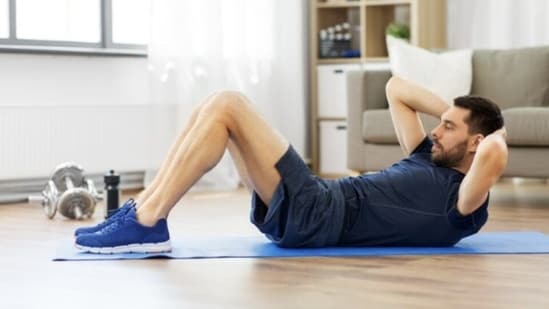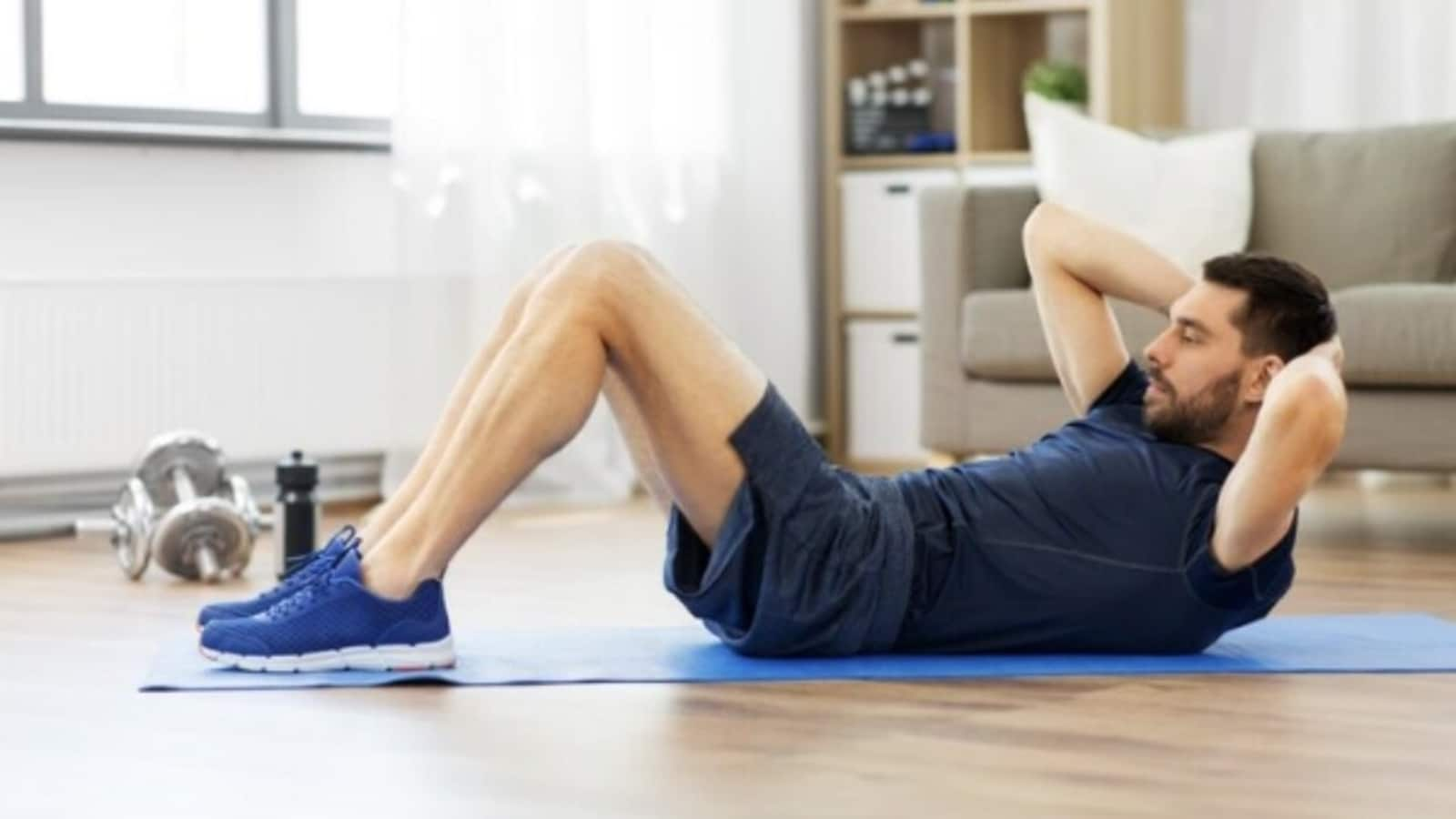Do you hit the gym pretty often? Is strength training a part of your regular workout routine? Then, knowing which exercises benefit you and which you need to perform with caution and correct posture can go a long way. This is why it is always suggested to seek guidance from an expert when lifting heavy weights.
 The list included some common exercises, such as sit-ups, barbell squats, or neck press, that we think are harmless, but may harm your spine. (Freepik)
The list included some common exercises, such as sit-ups, barbell squats, or neck press, that we think are harmless, but may harm your spine. (Freepik)
Also Read | Fortis Vasant Kunj gastroenterologist warns never eat these 3 foods on an empty stomach: Lemon water to…
In a September 25 Instagram video shared by Dr Richard Veyna, MD, a dual-board-certified neurosurgeon, he ranked various strength training exercises that people commonly do at the gym, assessing their impact on spine health. The list included some common exercises, such as sit-ups, barbell squats, or neck press, that we think are harmless, but may harm your spine if not done correctly.
Neurosurgeon ranks gym exercises by spine safety
Sharing a list of 9 exercises, the neurosurgeon ranked several exercises based on how safe they are for our spine, with 1 being a high-risk exercise and 10 being a low-risk workout. Let’s find out which gym exercises are safest for your spine.
What are sit-ups, and why are they a high-risk exercise?
An abdominal endurance training exercise, sit-ups help strengthen, tighten and tone the abdominal muscles. It is often done by gym-goers who want to tone their abs and lose belly fat.
To do the exercise, lie on your back on the floor, bend your legs, and place your feet firmly on the ground. Now, with your hands behind your back, curl your upper body forward, towards your knee, and slowly, lower your body down on the floor. Repeat the movement to do sit-ups.
According to Harvard Health, doing sit-ups may cause harm to your spine because it puts excessive strain on your back. “Sit-ups push your curved spine against the floor and work your hip flexors…When the hip flexors are too strong or too tight, they tug on the lower spine, which can create lower back discomfort,” the report said.
Note to readers: This article is for informational purposes only and not a substitute for professional medical advice. Always seek the advice of your doctor with any questions about a medical condition.
This report is based on user-generated content from social media. HT.com has not independently verified the claims and does not endorse them.
